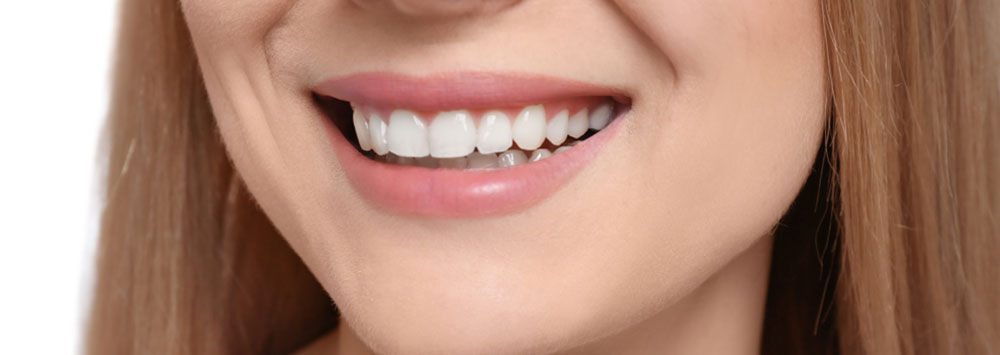General Anesthesia & Sedation Applications
Dr. Dt. Didem EKİZ
General Anesthesia & Sedation Applications
The word sedation is used to eliminate possible pain, fear, anxiety, nausea and other undesirable situations during dental treatment.
This process can also be called deep sleep, which is applied by the general anesthesiologist and technicians alike.
The patient, who is under sedation, ensures that he does not remember the procedure and therefore the pain after the treatment, with the effect of the drugs taken.
This not only eliminates the dental phobia that may occur in the patient, but also simplifies the treatment process significantly and also eliminates the patient’s perception of pain.
Sedation, which is an extremely safe treatment method, can have side effects and various allergic reactions depending on the drugs used.
General anesthesia can be defined as the situation in which the patient loses consciousness due to the drugs given in the operating room environment and under the control of the anesthesiologist.
The patient does not remember anything about the procedure. The difference between general anesthesia and sedation technique is that the patient is semi-conscious in sedation.
During the sedation procedure, the patient continues to breathe normally. In general anesthesia procedures, it is carried out through pipes that are connected to the lungs at one end and to the devices that blow air at the other end.
Dental Services
Dental Prostheses
Start From: €240
Braces Treatment
Start From: €1600
Root Canal Treatment
Start From: €250
Included Services

VIP Transfer
We assure all your local transfers with our sterilized and VIP cars.

Translators
Communication is no longer a problem with our multilingual translators.

Accommodation
We accommodate 5-star hotels at tourist places to provide comfort.

Follow-up
Medical consultants will stay in touch after the operation to guide you.















